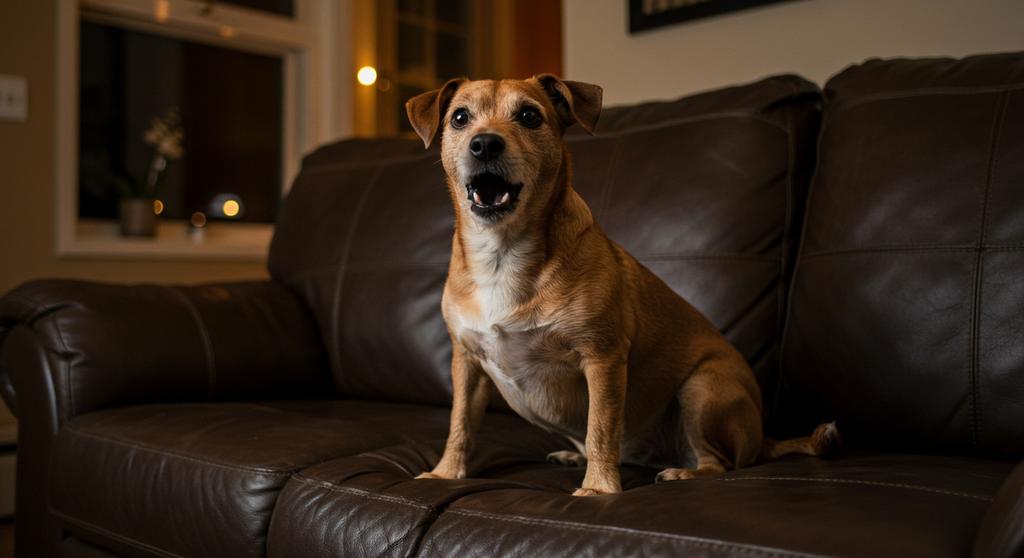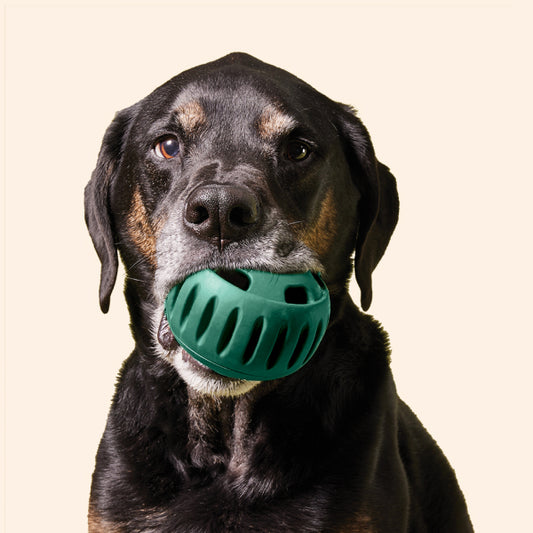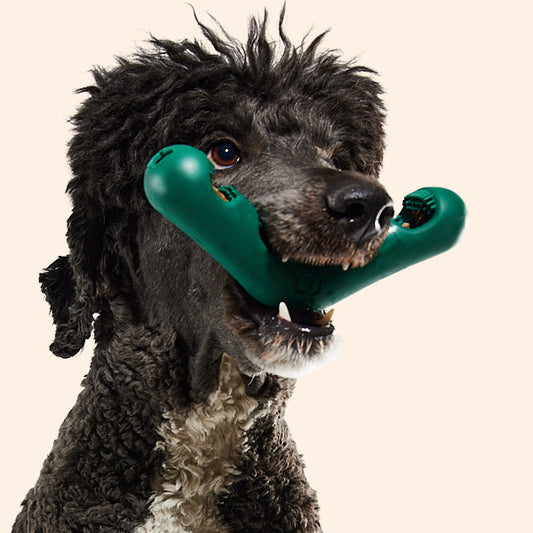
Have you ever settled in for a cozy TV night only to be greeted by your pup’s nonstop barking at the screen? It can be both hilarious and slightly frustrating to see them leap into action as soon as a squirrel or another dog pops up. In this post, we’re diving into why dogs bark at the TV and–more importantly–what you can do to help them stay chill when you hit play.
First off, it’s absolutely normal for dogs to bark at the TV. That moving image and sound can be confusing to them, triggering natural instincts that drive a vocal response. But with a bit of patience, positive training, and the right distraction tools (hello, The Pupsicle!), you can turn that barking at the TV into calm, quiet companionship.
?? What’s Going On in Your Dog’s Mind?
Dogs perceive the world very differently than we do. Their vision processes motion rapidly–more than ours–so anything moving on screen catches their attention fast. On top of that, their hearing is so sharp they might react to high-pitched beeps or doorbells on TV, mistaking them for real-life events.
Then there’s instinct. Whether it's a territorial alert or prey response, bark behavior might surface because your pup genuinely believes there’s something or someone approaching—despite it being all pixels and speakers. Combine that with possible excitement or boredom during your evening chill time, and you’ve got the perfect storm for a barking frenzy.
?? Top Reasons Dogs Bark at the TV
Here are the main triggers:
- Visual motion: Squirrels, birds, or other dogs on-screen can ignite instinctive reactivity.
- Audio signals: Doorbells, beeps, or animal sounds trigger alert behavior—even if it’s just part of a show.
- Boredom or attention-seeking: If Fido knows barking gets your eyes off the screen, they’ll happily oblige.
- Anxiety or stress: Thunder, gunshots, or loud noises can startle your dog into barking out of fear—not aggression.
?? Strategies to Help Your Pup Stay Calm
Here’s how to guide your doggie buddy to relaxed TV time:
1. Desensitize with positive reinforcement
Play short clips featuring animals or doorbells at a low volume. As soon as your pup stays calm instead of barking, reward them with a treat. Repeat and slowly increase the challenge over time. This counter-conditioning method teaches your dog to associate TV cues with calm behavior, not alarm.
2. Introduce a super distraction
Enter The Pupsicle: a long-lasting, lick-then-freeze treat that keeps your dog engaged, especially during those intense TV moments. Licking is soothing, and a flavored ice treat can hold their attention away from the screen. Consider building a distraction station by pairing it with Pupsicle Treat Tray during your evening shows.
3. Tackle boredom before showtime
A tired dog is a quiet dog. Go for a walk or run, toss a ball, or play a quick training session before you sit down. Mental and physical exercise reduces restlessness and makes TV time more relaxing.
4. Teach a calm command
Train your pup on cues like “quiet” or “enough.” When they bark, calmly say the word and wait. Once they stop, reward them. Over time, they’ll learn that silence gets them good things.
5. Adjust volume and viewing duration
Keep TV volume moderate and start with short viewing sessions. Dogs typically engage for only brief periods anyway. Gradually desensitize them to longer sessions as they build tolerance.
6. Create a calm corner
Set up a cozy spot away from the screen—complete with a comfy bed and maybe the occasional The LickMat or calming chew to encourage your dog to relax while you watch TV.
?? When Barking Might Signal Something More
If your dog seems anxious, panicked, or overreactive (e.g., pacing, panting, drooling), barking might indicate stress—not just playful alertness. In those cases, opt out of exposing them to TV triggers and consider calming music, not screen time. If behaviors persist, talk to a vet or professional trainer.
? Final Takeaway
“Why Does My Dog Bark at the TV?” is a valid question—and the answer lies in instincts, senses, and emotional responses. But with the right mix of positive training, thoughtful distractions like The Pupsicle, proper exercise, and a calming environment, you and your furry friend can reclaim peaceful TV nights together. Keep it fun, be patient, and reward calm. You’ll soon discover you’ve trained a TV-time sidekick instead of a screen-shouting pooch!










































































